In the early days of search engine optimization, many marketers believed keyword-focused website names were a shortcut to top rankings. Domains like DenverMeditation.org or bestwebdesign.com became popular because they directly mirrored popular search phrases. Back then, algorithms prioritized literal matches between queries and URLs, making these names seem like magic bullets.
Over time, this strategy led to spammy, low-effort sites flooding search results. To combat this, Google introduced updates that penalized pages prioritizing clever URLs over helpful content. The 2012 EMD (Exact Match Domain) update specifically targeted websites lacking substance, reshaping SEO best practices overnight. Before committing to a long-term SEO strategy, it’s wise to understand the potential drawbacks of search engine optimization that could affect your marketing efforts.
Today, while relevant domain choices still matter, they’re no longer a standalone solution. Case studies like DenverMeditation.org show how combining strategic naming with useful articles can succeed. Meanwhile, domains like bestwebdesign.com serve as cautionary tales when quality isn’t maintained.
The key lesson? A great domain might grab attention, but only consistent value keeps visitors engaged. Let’s explore how to balance these elements while avoiding common pitfalls.
Key Takeaways
- Keyword-heavy domains once dominated SEO but now carry risks
- Google’s 2012 algorithm update targeted low-quality exact match sites
- Successful examples combine relevant URLs with strong content
- User experience now outweighs domain name optimization
- Regular content updates help maintain search visibility
Introduction to Exact Match Domains and SEO Evolution
The digital landscape once rewarded websites for having addresses that mirrored popular phrases. These keyword-packed URLs, known as exact match domains, acted like cheat codes for climbing search engine rankings. A site named ChicagoPizzaDelivery.net could dominate local searches overnight, even with minimal effort.
Early SEO strategies leaned heavily on this approach. Webmasters prioritized precise naming over user experience, assuming algorithms valued URLs more than helpful articles. For years, this created a gold rush for domains matching trending queries.
Everything changed in 2012. Google’s update specifically targeted low-value sites relying solely on clever names. Overnight, pages with thin content but perfect URLs plummeted in search results. One WebmasterWorld user noted: “Our traffic dropped 60%—it felt like a reset button for the industry.”
Though exact match domains still hold some relevance, their power now depends on what follows the domain name. Modern SEO demands useful guides, trustworthy reviews, and regular updates. As one marketer put it: “A great URL gets you to the party, but quality content keeps you on the dance floor.”
Understanding What Exact Match Domains Are
Imagine typing a search like “Denver meditation classes” and seeing a website named DenverMeditation.org at the top. That’s the power of an exact match domain (EMD)—a web address that mirrors popular search phrases. These names act like digital signposts, telling visitors and search engines what to expect before they click.
Defining Exact Match Domains
An EMD uses specific phrases people type into search bars, like bestwebdesign.com. For example, a site called ChicagoPizzaDelivery.net clearly targets hungry locals. While these names help with initial visibility, they work best when paired with helpful articles or services. Without substance, they risk looking generic or spammy.
Real-World Examples and Brand Implications
Let’s compare two approaches:
| Domain | Strategy | Outcome |
|---|---|---|
| DenverMeditation.org | Local focus + weekly blog posts | Ranked #1 for local searches |
| bestwebdesign.com | Generic name + outdated content | Dropped from top 100 results |
Brands using keyword-heavy addresses often struggle to expand beyond their niche. A yoga studio named BrooklynYogaStudio.com might attract local searches but could limit growth into wellness retreats or online classes. do exact match domains still work As one designer noted: “Your domain should hint at your expertise—not handcuff your creativity.”
Balancing clear naming with adaptable branding keeps options open while staying search-friendly.
How the “exact match domain penalty” Impacts Your Rankings
Google’s 2012 algorithm shift turned SEO strategies upside down overnight. The EMD update specifically targeted sites that leaned too heavily on clever URLs while neglecting quality. Matt Cutts, then head of webspam, announced the change: “We’re trying to level the playing field—good sites shouldn’t lose to domains that just sound relevant.”
Insights on Google Algorithm Updates
Before 2012, search engines often rewarded websites for keyword-stuffed addresses. The update introduced smarter evaluation methods. Now, algorithms check if domains deliver real value beyond their names. Sites like CheapFlightsToOrlando.com disappeared from top positions when their sparse articles couldn’t justify their URLs.
Repercussions for Organic Traffic
Websites hit by this adjustment typically see 40-70% traffic drops within days. One study found affected domains took 18 months on average to recover—and only after overhauling their content strategies. A travel blog owner shared: “We rebranded to WanderlustHub and doubled our focus on original guides. Traffic returned stronger than ever.”
Modern SEO success requires balancing smart naming with substance. As algorithms evolve, they increasingly prioritize user satisfaction over domain keywords. Regular content improvements and audience-focused updates help maintain visibility without relying on URL tricks.
The exact match keyword penalty exists to prevent over-optimization which activates Google’s spam filters when keywords appear excessively throughout content and meta tags and anchor text.
The Evolution of EMDs in SEO
The 2012 EMD update reshaped SEO strategies like a digital earthquake. Overnight, sites built on keyword-heavy addresses faced harsh consequences unless they offered real value. Google’s shift forced marketers to rethink their reliance on URL tricks.
A Look Back at the 2012 Update
When Google rolled out its algorithm change, panic spread across forums. One WebmasterWorld user wrote: “Our ‘OrlandoDiscountTours.com’ site lost 80% of traffic in 48 hours—it was brutal.” The update specifically targeted pages with:
- Thin or duplicated articles
- Aggressive ad placements
- No original research or expertise
Matt Cutts, then leading Google’s webspam team, tweeted: “High-quality sites deserve to rank well, regardless of their domain names.” This philosophy became central to modern SEO practices.
Industry Reactions and Changing Perspectives
Many professionals initially resisted the changes. A survey by Moz revealed 62% of SEOs thought the update went too far. But success stories emerged. Take BudgetTravelTips.net—after expanding its content library with local guides and video tours, its traffic rebounded within six months.
| Strategy Pre-2012 | Post-Update Adaptation |
|---|---|
| Keyword-focused domains | Brandable names + niche content |
| Minimal articles | Deep-dive resources |
Today, most experts agree: Helpful content trumps clever URLs. As algorithms prioritize user satisfaction, SEOs focus on solving problems rather than chasing technical shortcuts.
Shifting Toward Quality Content for SEO Success
Modern search algorithms now prioritize helpful resources over clever domain tricks. While website names still play a role, their influence pales compared to well-crafted articles and authentic audience connections. This shift rewards creators who focus on solving problems rather than chasing technical loopholes.
Content Best Practices in the Modern Era
Today’s top-performing websites share three traits:
- User-first focus: Articles address specific questions like “How to fix leaky faucets” rather than generic topics
- Depth over breadth: Guides with step-by-step videos outperform 300-word summaries
- Fresh perspectives: Google’s Helpful Content Update favors original research over rehashed ideas
An outdoor gear site saw a 90% traffic increase after replacing product lists with trail difficulty ratings and packing checklists. As one editor noted: “People want answers, not just keywords.”
Building Trust Through High-Quality Links
Backlinks now act like digital referrals. A single link from a respected industry site can boost visibility more than dozens of spammy directory listings. Effective strategies include:
| Old Approach | Modern Tactic |
|---|---|
| Buying cheap links | Guest posts for relevant publications |
| Exact match anchor text | Natural mentions like “according to CampingPros.com” |
SEO specialist Jamie Carter explains: “Links should reflect genuine relationships. We collaborate with eco-tourism bloggers to create shared resources—everyone wins.”
By combining thorough guides with strategic partnerships, websites build lasting authority. This approach not only improves rankings but turns visitors into loyal followers.
Exploring Partial Match Domains as a Viable Alternative
Savvy SEO professionals are discovering smarter ways to balance keyword relevance with brand identity. Partial match domains offer this sweet spot—they include target phrases without locking sites into rigid naming conventions. Let’s explore how these adaptable addresses work and why they’re gaining traction.
Benefits of Partial Match Strategies
Unlike their exact-match counterparts, partial domains blend keywords with unique branding elements. For example, ZenDenverWellness.com combines location and service while leaving room for growth. This approach delivers three key advantages:
- Avoiding algorithmic flags: Less spammy perception than keyword-stuffed URLs
- Brand expansion: Names like AustinTechPros.net work for multiple services
- User trust: Creative names often feel more professional than literal phrases
| Domain Type | Example | Benefit |
|---|---|---|
| Exact Match | DenverMeditation.org | Clear intent, limited flexibility |
| Partial Match | MountainFlowYoga.com | Brandable + SEO-friendly |
Seamless Keyword Integration
Successful partial domains weave keywords into broader concepts. EcoTravelGear.com targets sustainability-focused adventurers while allowing content about backpacks, clothing, and ethical tourism. To replicate this:
- Identify core services (e.g., “web design”)
- Add location or brand terms (“ChicagoCreativeDesigns”)
- Develop content that supports both elements
One outdoor retailer saw a 120% traffic increase after switching from HikingBootsDeals.com to TrailTrekkerHub.com and expanding their content strategy. As their marketing director noted: “Our new name reflects our expertise without boxing us into one product.”
By focusing on adaptable naming and quality resources, partial match strategies help websites stay visible without triggering search engine penalties. It’s about building bridges between keywords and real value—not chasing shortcuts.
Essential SEO Practices to Support Your Domain Strategy
Think of SEO as a puzzle where every piece—from technical setup to content quality—needs to fit perfectly. While your website’s address matters, these foundational strategies ensure long-term visibility without relying on naming shortcuts.
Ditch the Shortcuts, Build Real Value
Google rewards websites that prioritize visitors over algorithms. Avoid these outdated tactics:
- Stuffing keywords into titles or articles unnaturally
- Exchanging links with unrelated or spammy sites
- Using automated tools to generate low-effort content
One SEO manager shared: “When we stopped chasing quick fixes and focused on solving customer problems, our organic traffic tripled in six months.”
Speed and Simplicity Win Visitors
Mobile users expect instant results. Optimize your site with:
- Compressed images (under 200KB for faster loading)
- Responsive design that adapts to any screen size
- Clear navigation menus with fewer than seven items
Tools like Google’s PageSpeed Insights help identify performance gaps. Sites scoring above 90/100 often see 30% longer visitor sessions.
Connect Your Content Like a Pro
Strategic internal linking helps search engines understand your site’s structure. A cooking blog might link “knife skills tutorial” to “meal prep guide”—creating natural pathways for readers and crawlers.
| Audit Focus | Tools | Frequency |
|---|---|---|
| Broken links | Screaming Frog | Quarterly |
| Duplicate content | Copyscape | Monthly |
Set calendar reminders to review your backlink profile using Ahrefs or SEMrush. Remove toxic links through Google’s Disavow Tool to maintain a clean SEO foundation.
Leveraging Data-Driven Strategies for Domain Optimization
Numbers don’t lie—they reveal hidden opportunities in your SEO strategy. Businesses now use analytics to turn setbacks into comebacks, proving that smart adjustments often outweigh initial domain choices.
Turning Data Into Action
Consider AdventureSeekers.travel, which lost 65% of its traffic after an algorithmic review. Their recovery plan included:
- Rebranding to WanderHub Adventures
- Publishing 30+ location-specific packing guides
- Removing 120 low-quality backlinks
Within eight months, organic traffic surpassed previous levels by 40%. Their secret? Weekly analysis of click-through rates and time-on-page metrics revealed which content truly resonated.
Another example comes from a local HVAC service. After testing two website versions:
| Version A | Version B |
|---|---|
| “CheapACRepair.com” | “ClimateCareExperts.com” |
| 5% conversion rate | 11% conversion rate |
Version B’s brandable name combined with service-focused blogs increased customer trust. As the owner noted: “Our data showed people wanted expertise, not just low prices.”
Three metrics now dictate success:
- Organic click growth (month-over-month)
- Bounce rate improvements
- Internal linking effectiveness
Tools like Google Search Console help track these patterns. One digital marketer shared: “We discovered 42% of our traffic came from long-tail keywords we weren’t actively targeting—that insight changed our content calendar.”
By letting numbers guide decisions, businesses create adaptable strategies that survive search engine updates. Start small—test one page’s headline or meta description weekly. Over time, these tweaks compound into measurable wins.
Conclusion
The SEO landscape has transformed from chasing quick fixes to building lasting value. While keyword-rich domains once dominated search results, today’s algorithms prioritize websites that balance smart naming with genuine expertise. The 2012 update reshaped expectations, proving that even perfect URLs fail without quality resources.
Successful strategies now focus on three pillars: helpful content, trustworthy links, and technical excellence. Brands thrive by solving problems rather than manipulating keywords. A memorable domain might spark interest, but only consistent effort keeps visitors engaged.
For long-term growth, blend creativity with data. Audit your site quarterly, refine underperforming pages, and explore partial-match names that allow brand flexibility. Remember—every Google ranking shift rewards those who adapt.
SEO remains a journey, not a destination. Stay curious, test new approaches, and let user needs guide your decisions. With this mindset, you’ll build visibility that withstands algorithm changes and audience demands alike.

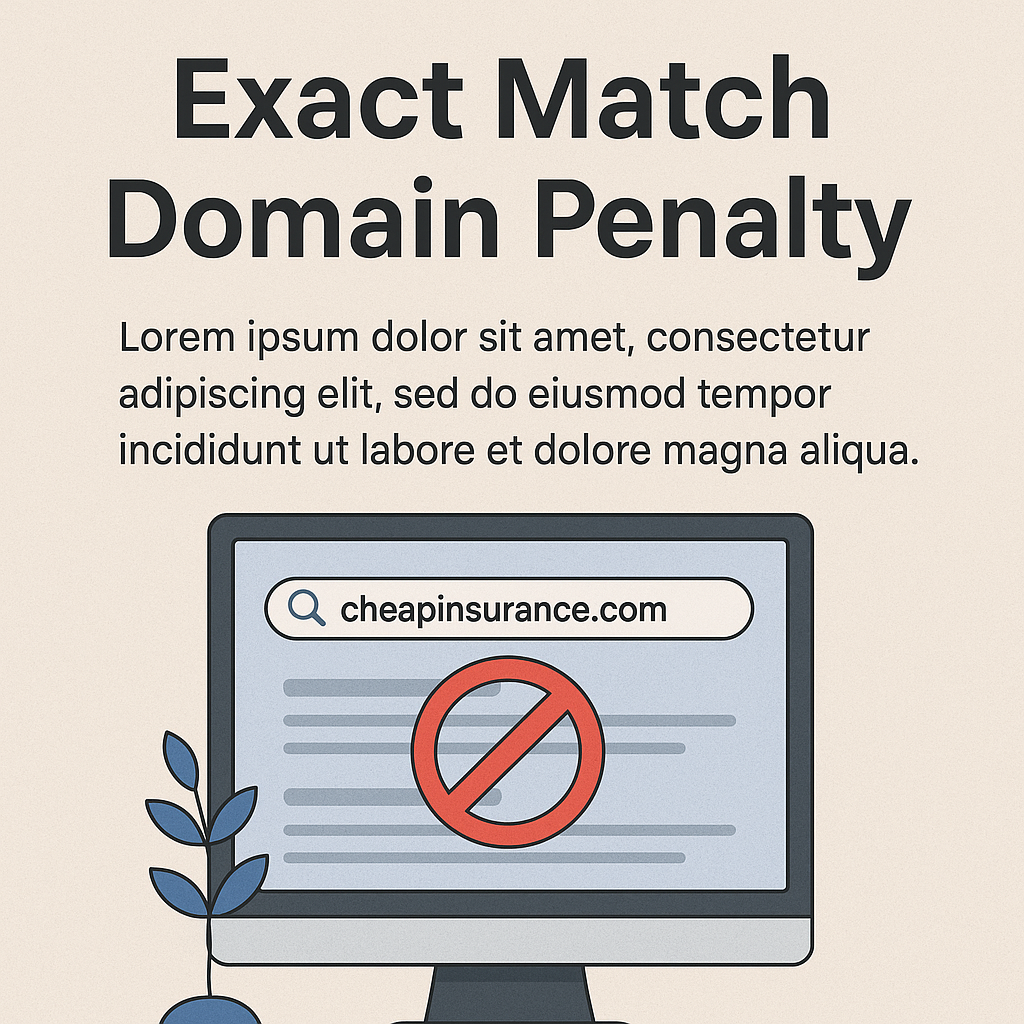
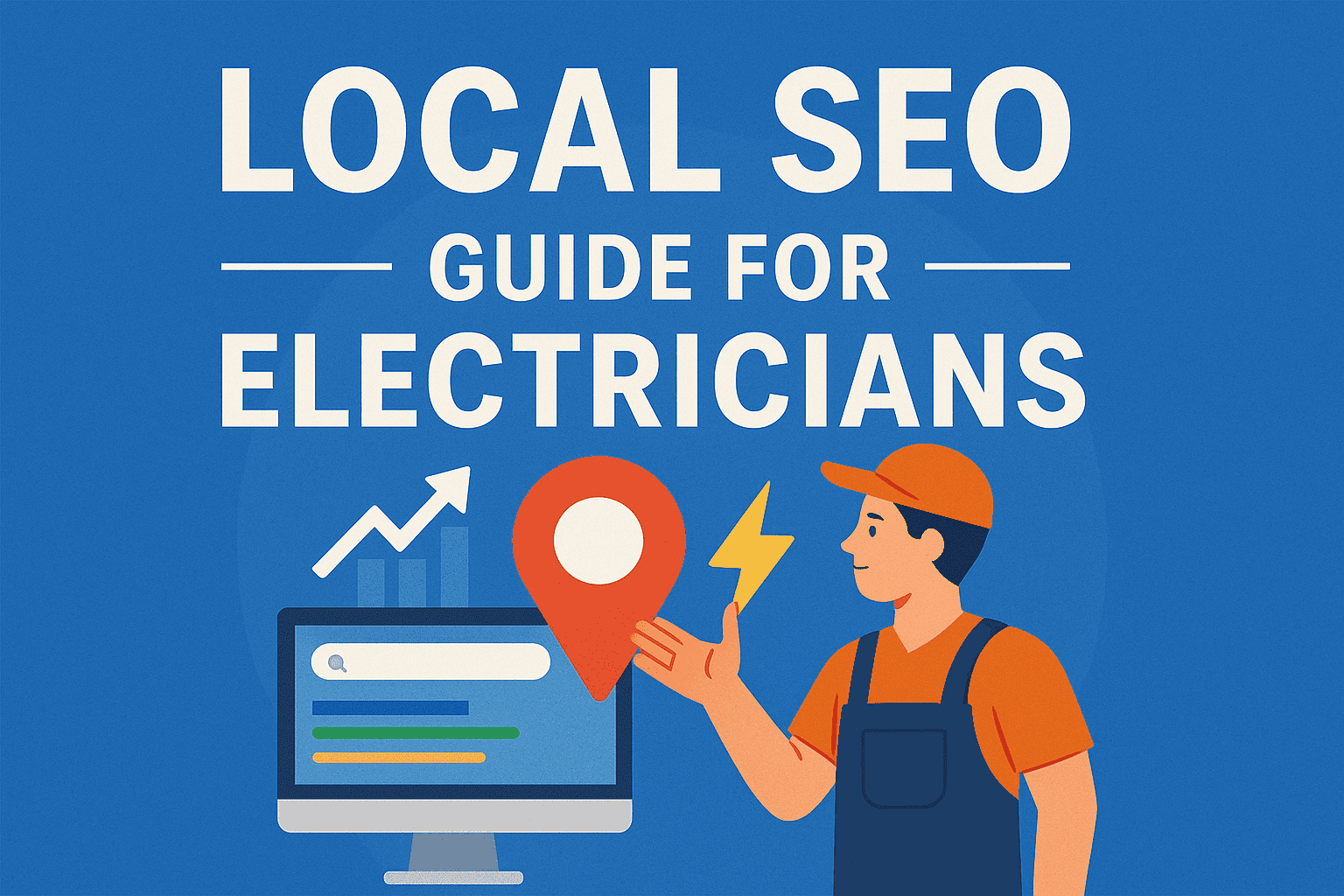
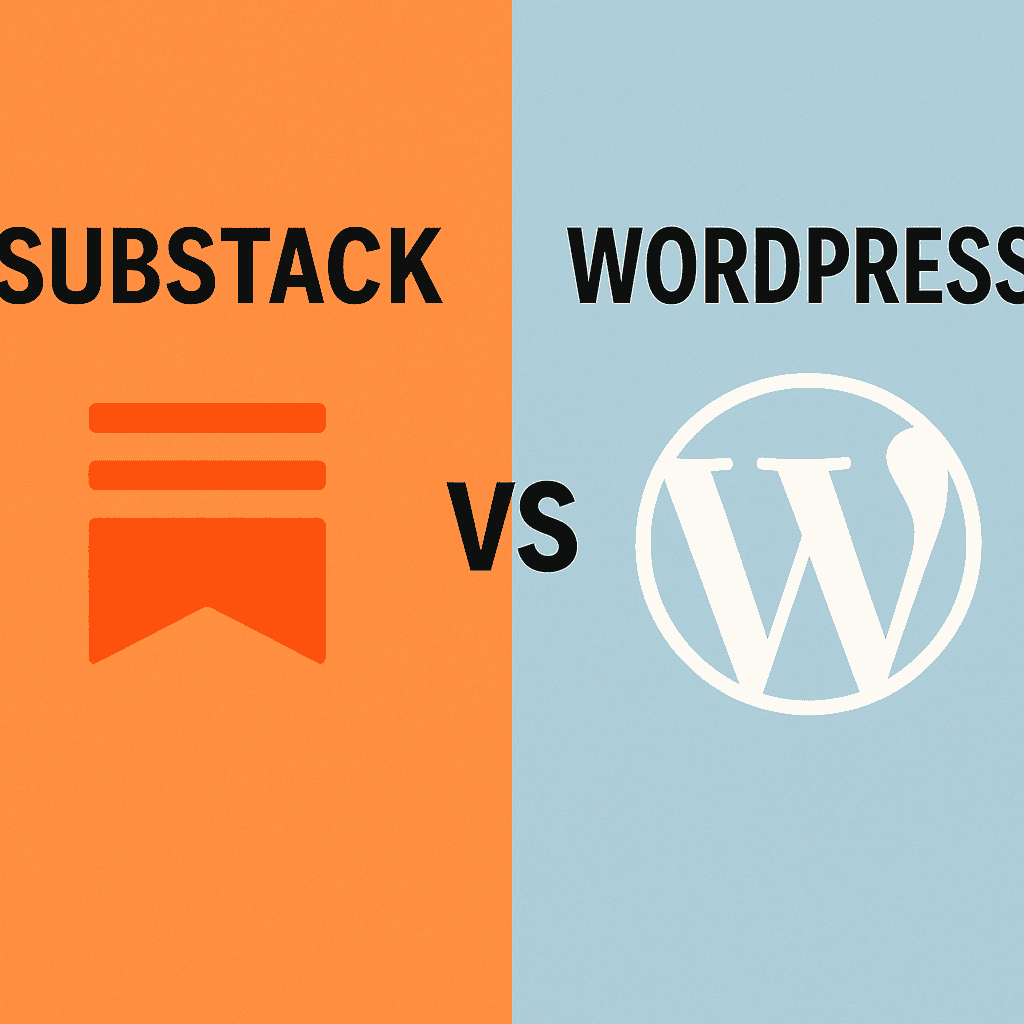

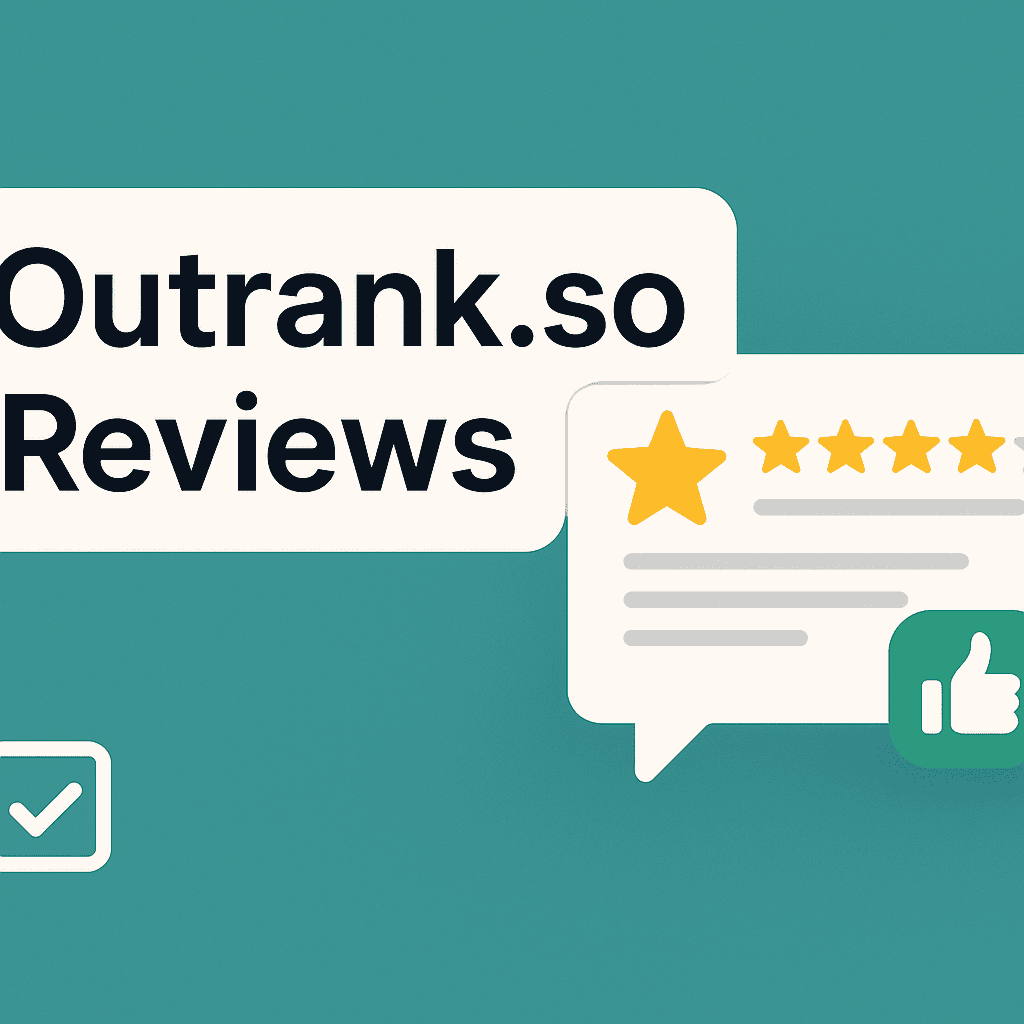





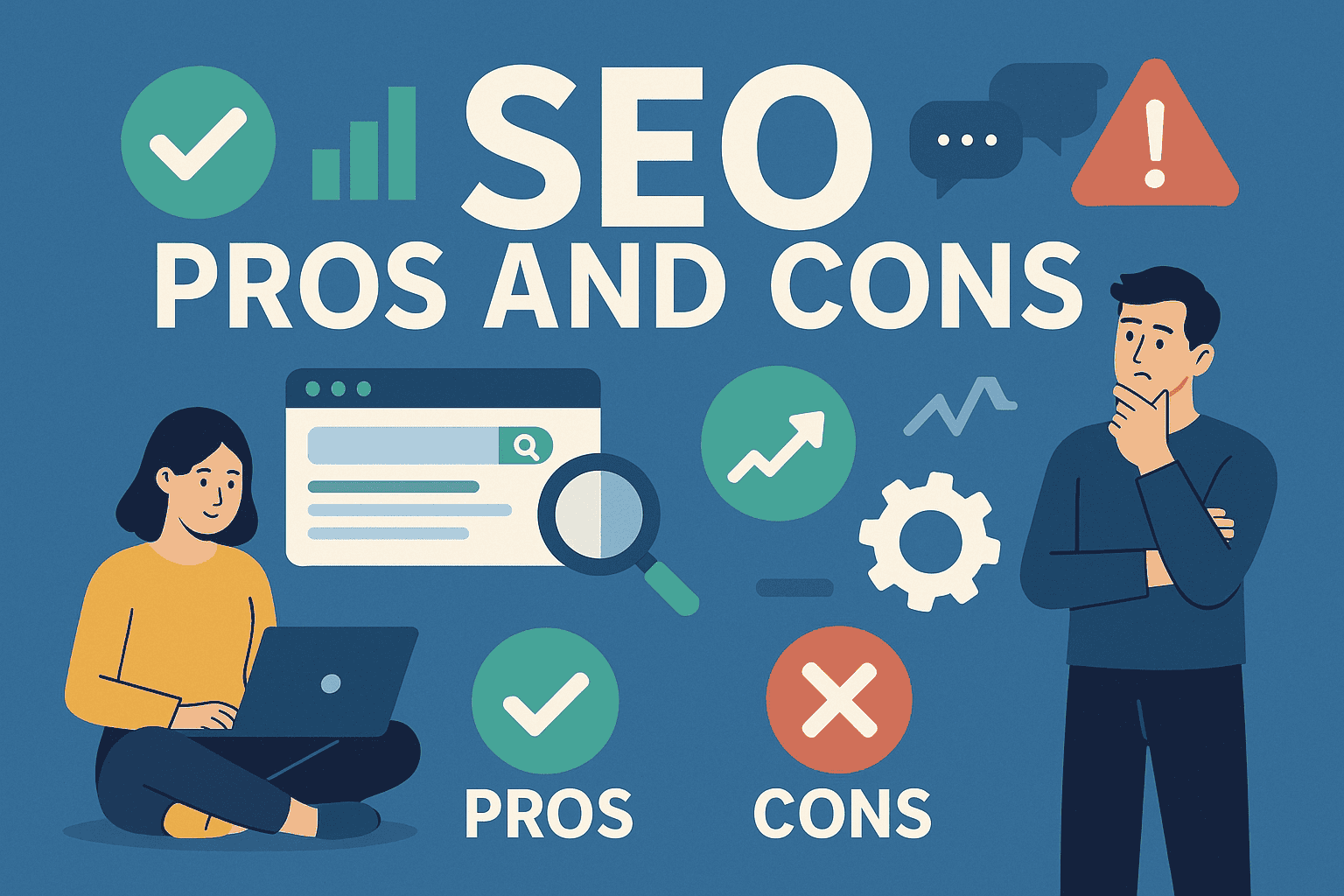







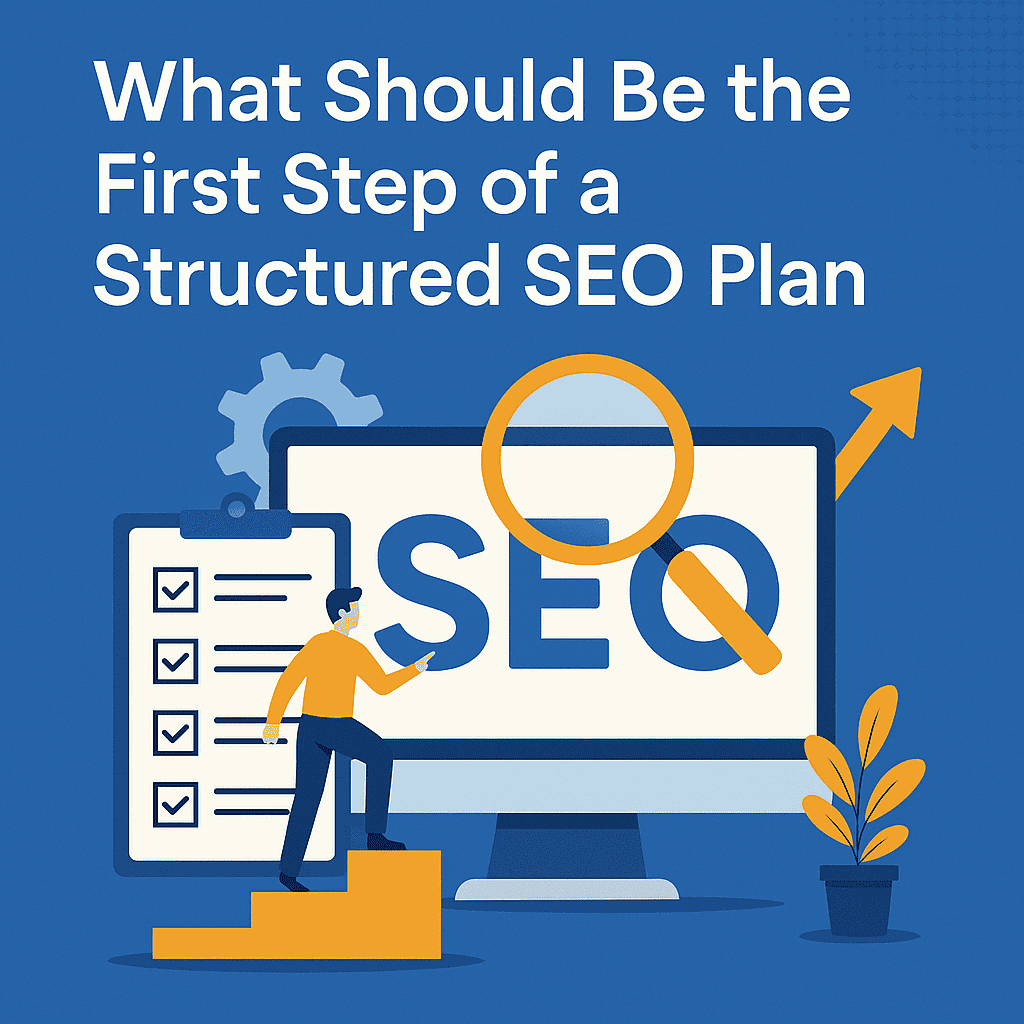




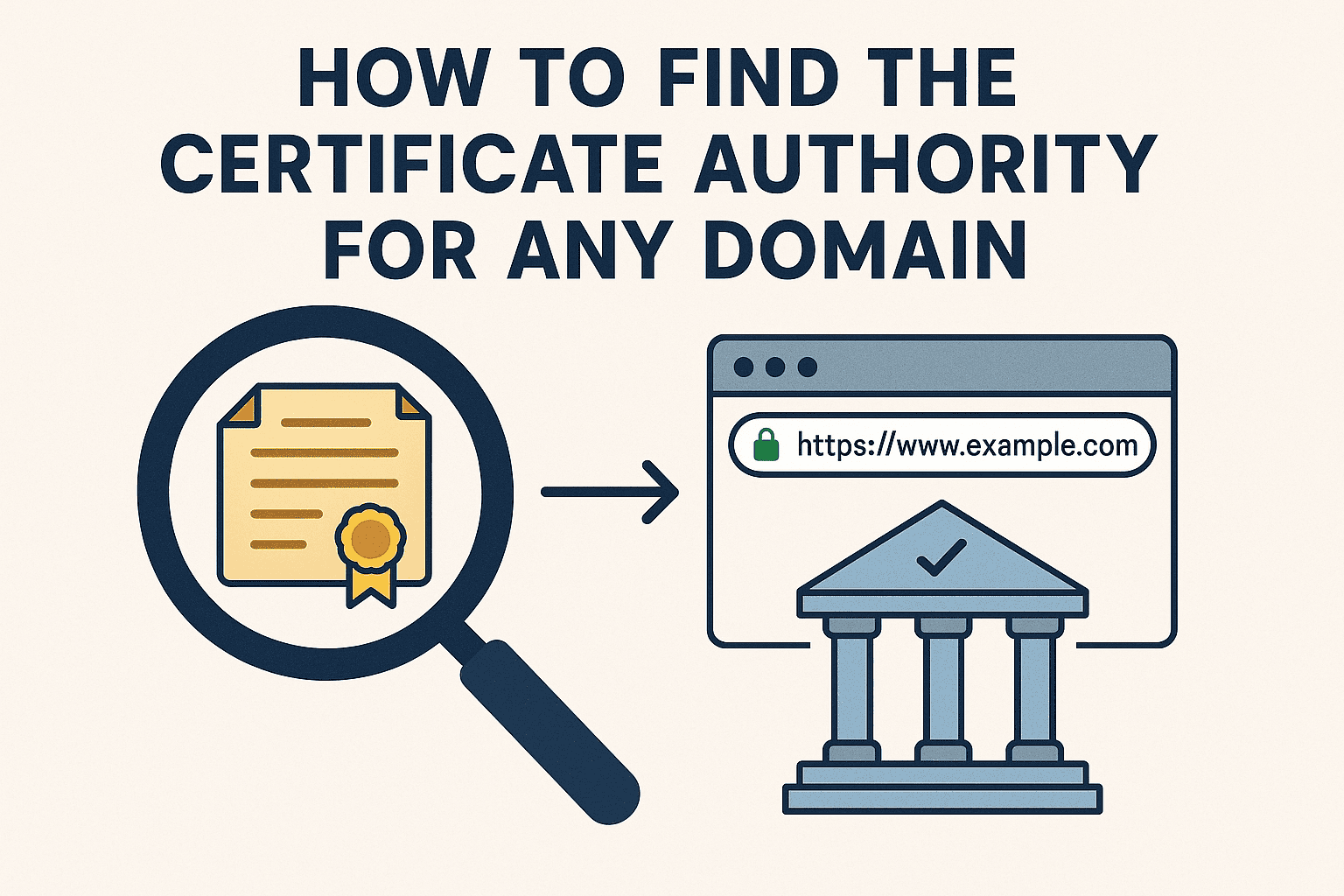






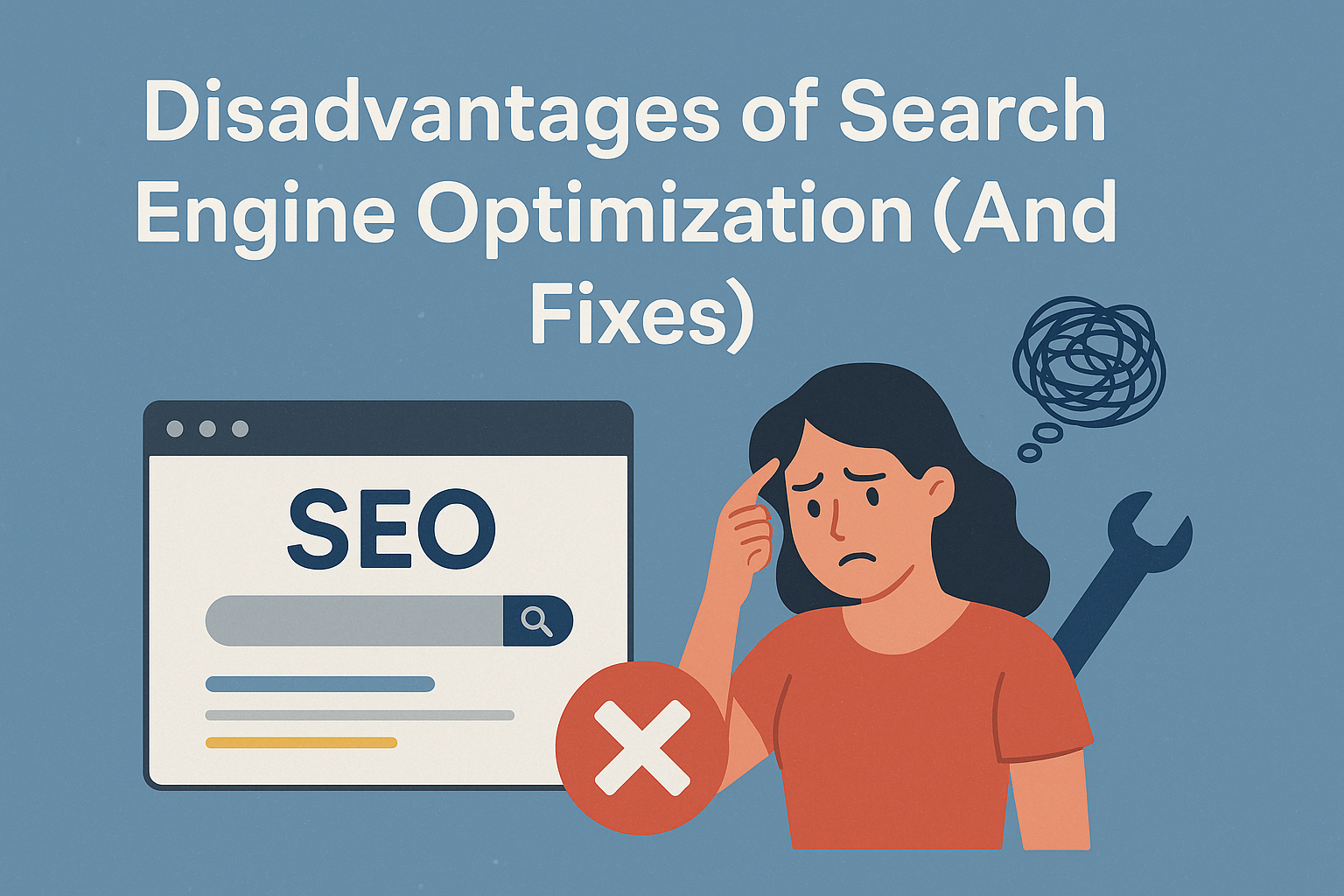
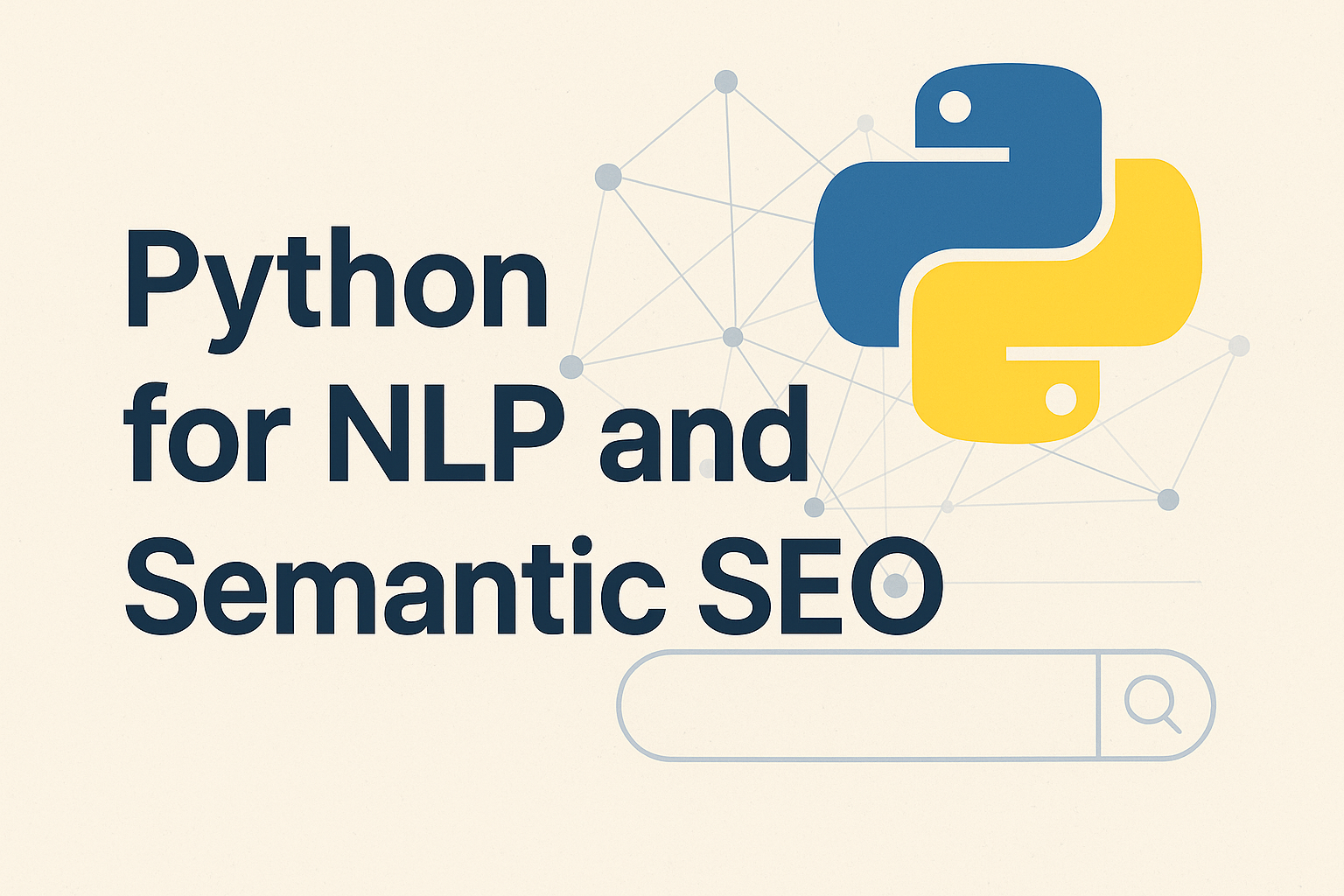
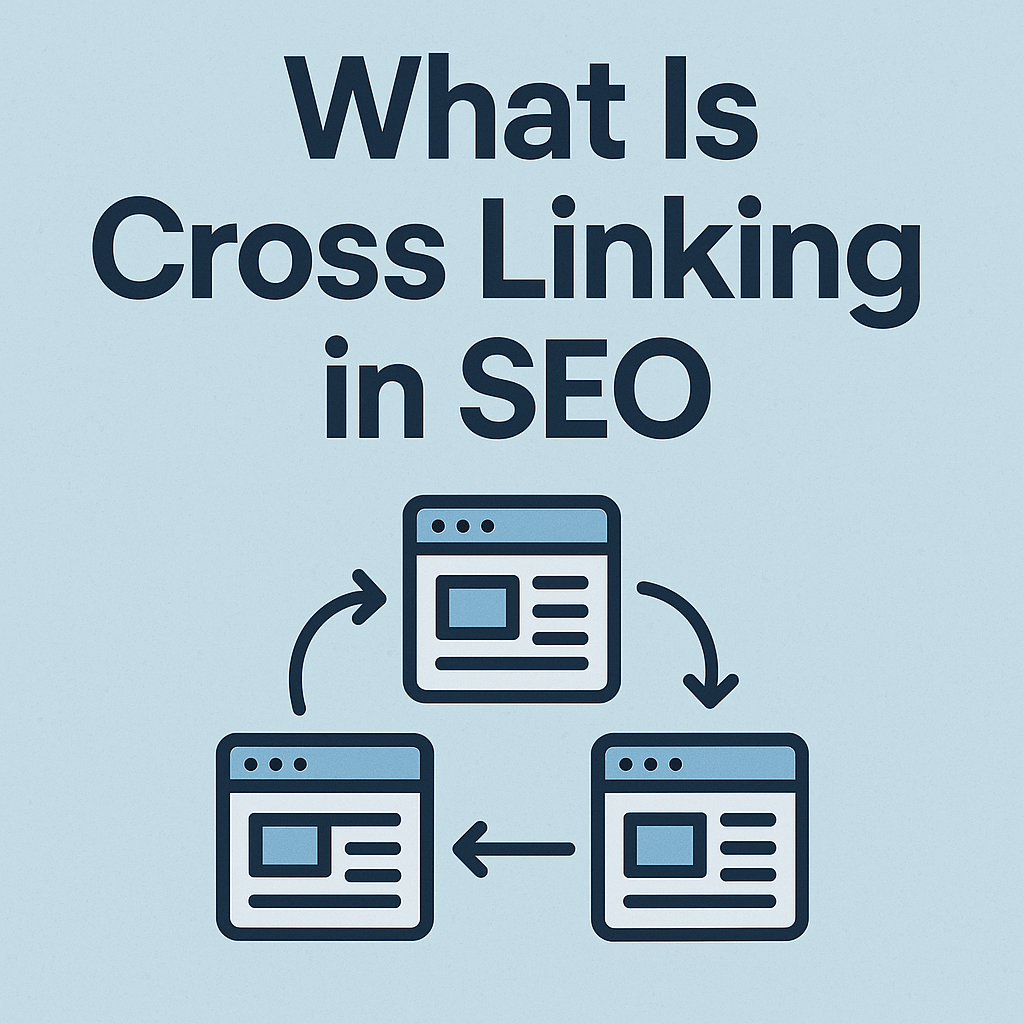



![How Many Outbound Links Per Blog [2025 Updated]](https://backlinkmanagement.io/wp-content/uploads/2025/06/How-Many-Outbound-Links-Per-Blog.png)
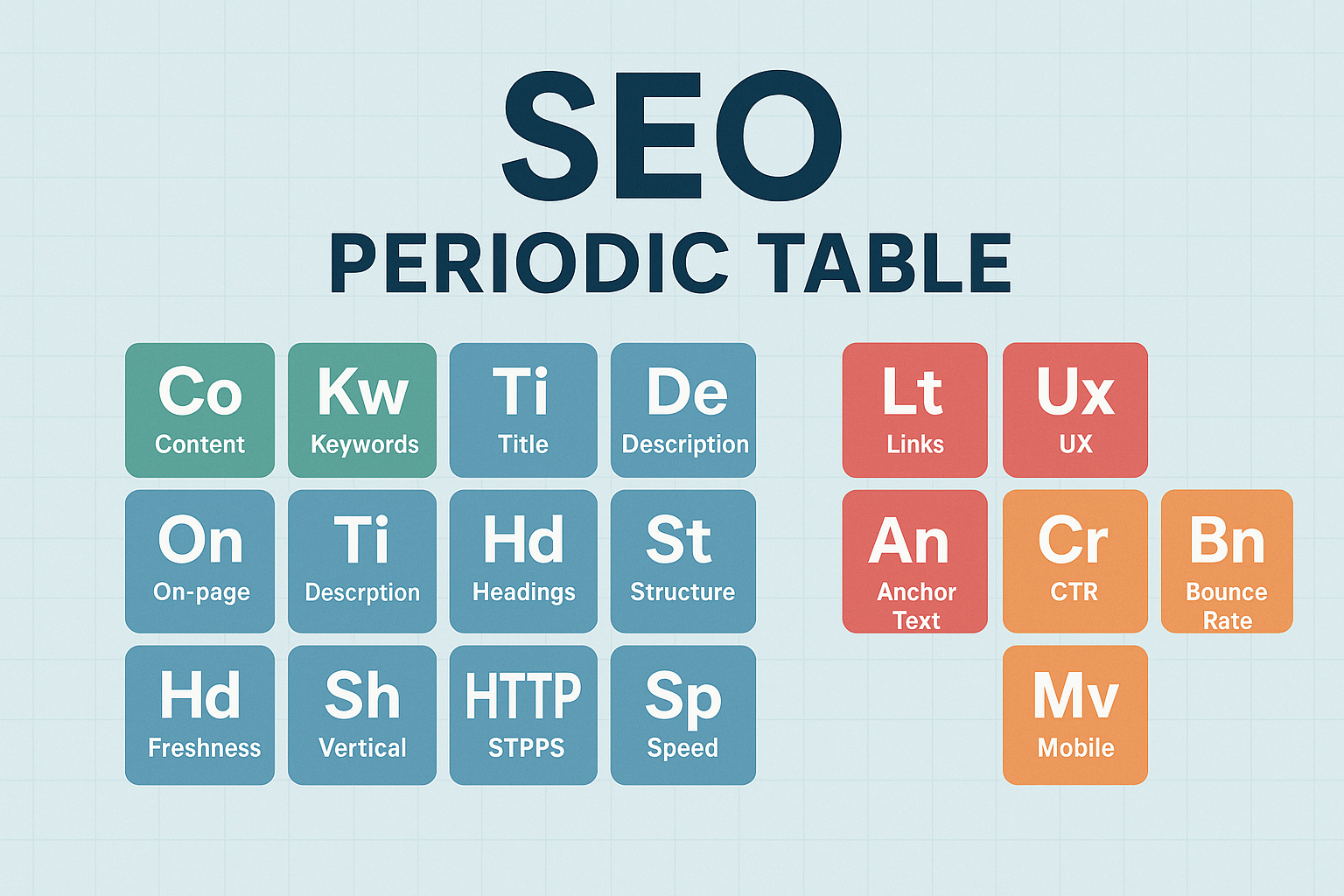


![B2B and B2C Website Examples [2025 Updated]](https://backlinkmanagement.io/wp-content/uploads/2025/05/B2B-and-B2C-Website-Example-.png)
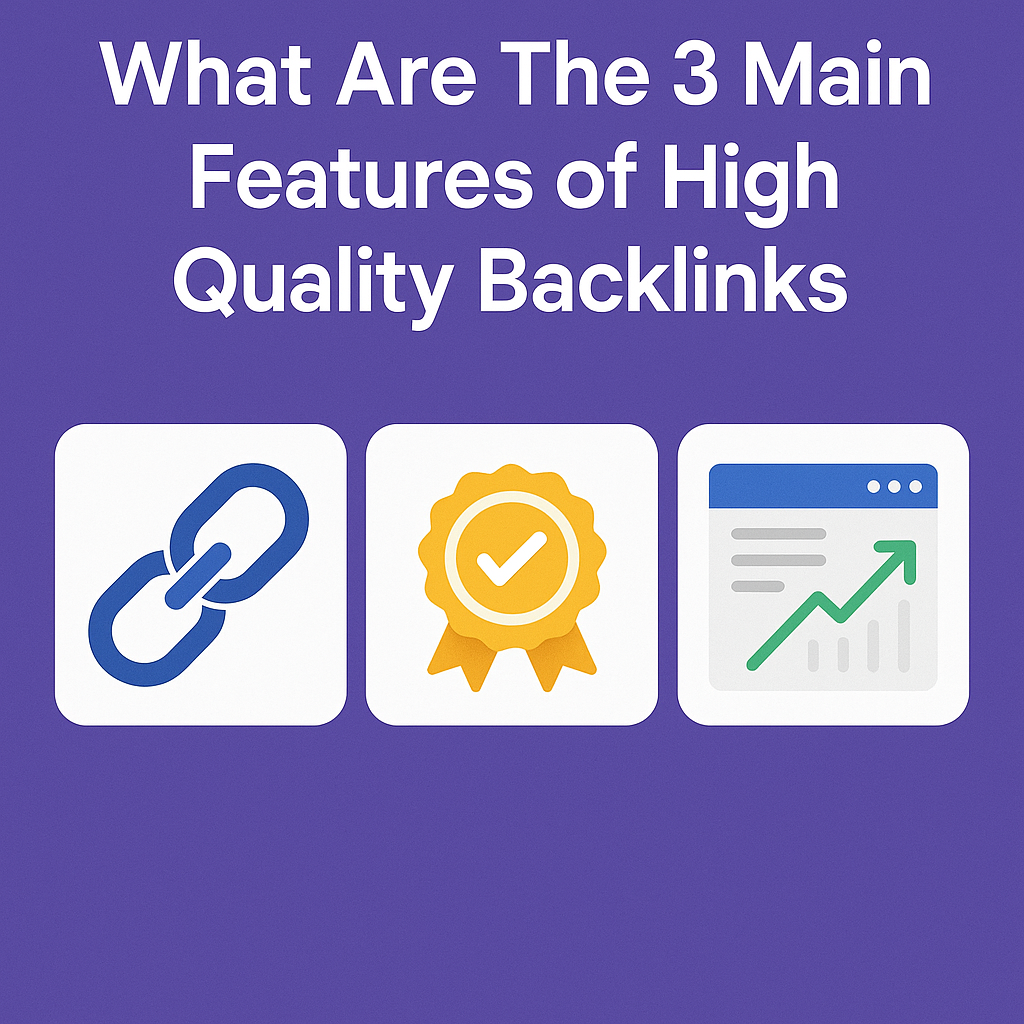





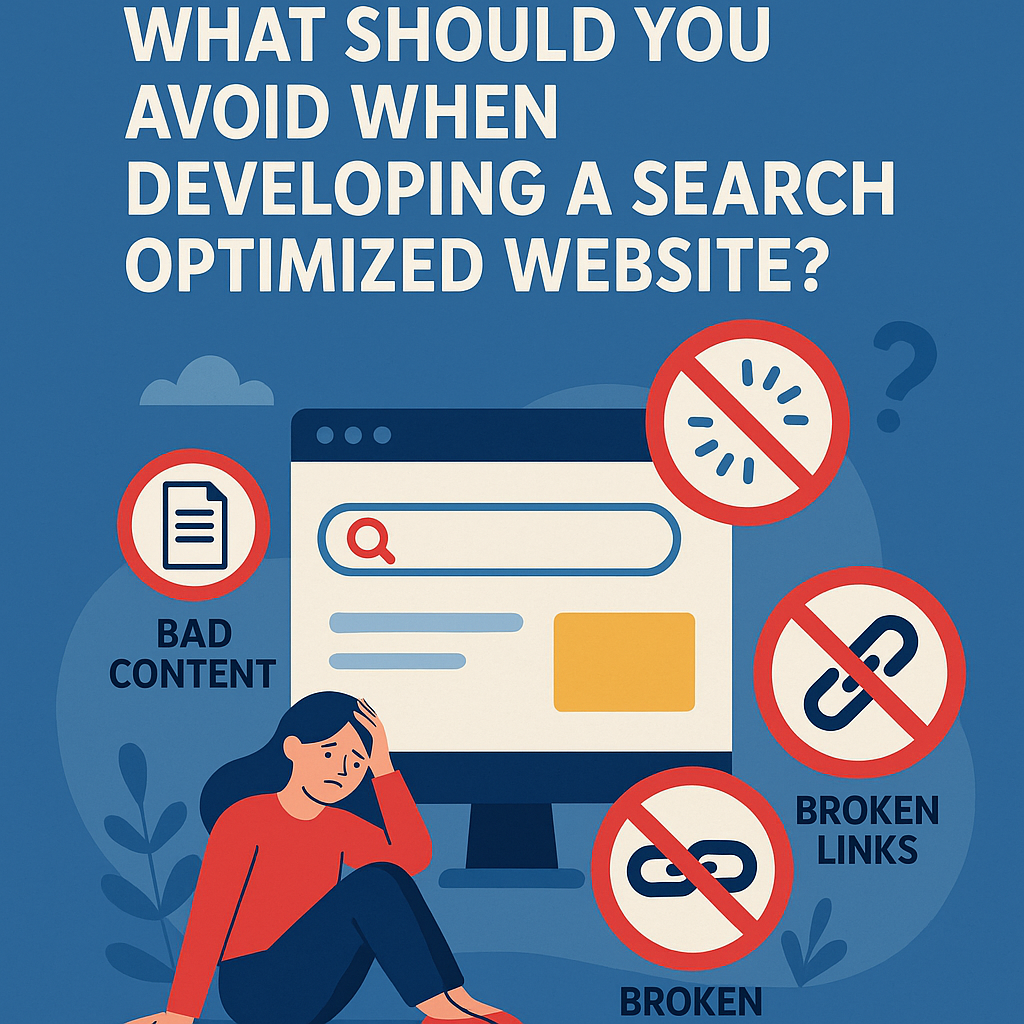


![What To Do After Keyword Research [2025 Guide]](https://backlinkmanagement.io/wp-content/uploads/2025/05/What-To-Do-After-Keyword-Research.png)
![Is Page Speed Really A Ranking Factor? [2025]](https://backlinkmanagement.io/wp-content/uploads/2025/05/Is-Page-Speed-Really-A-Ranking-Factor.png)








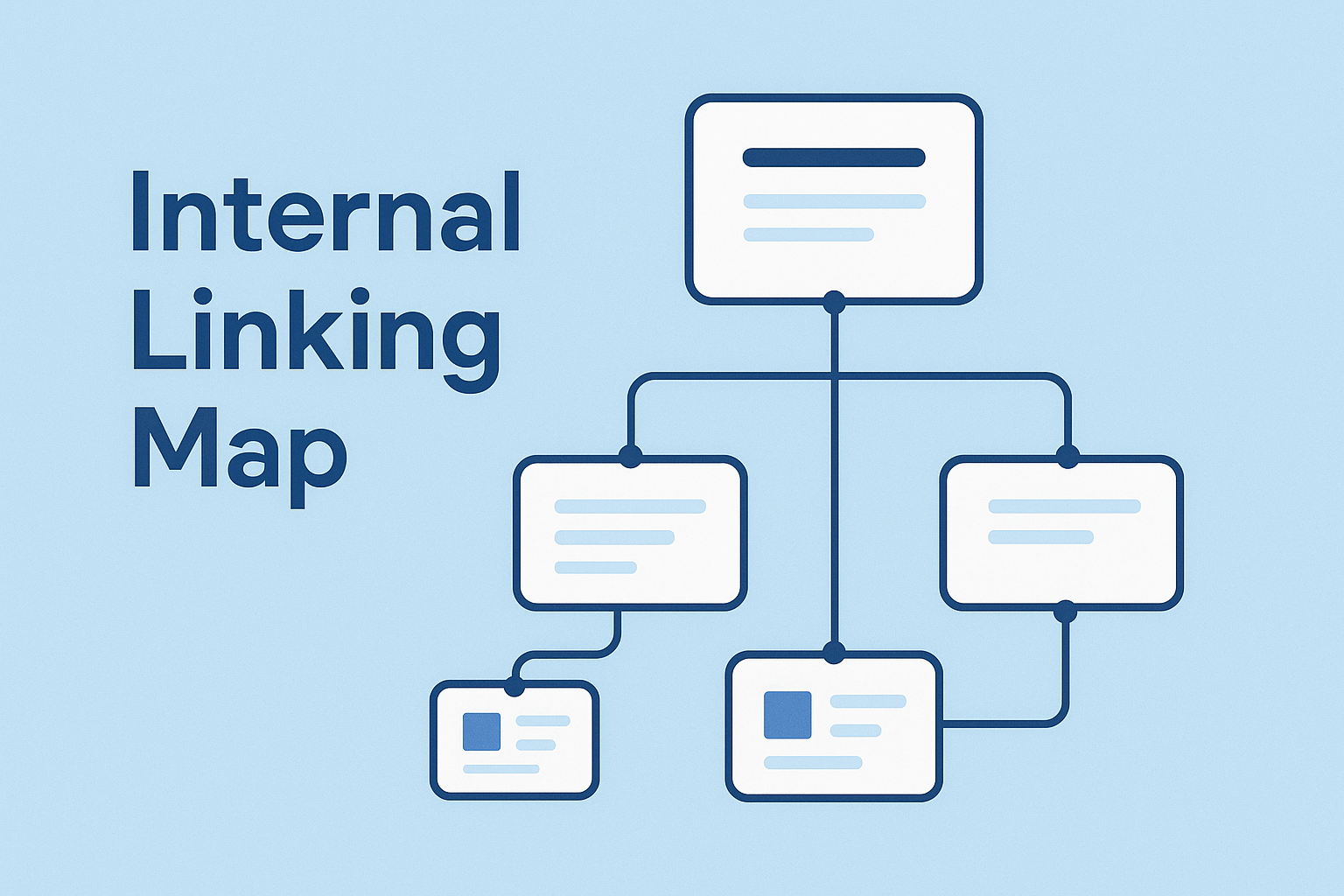

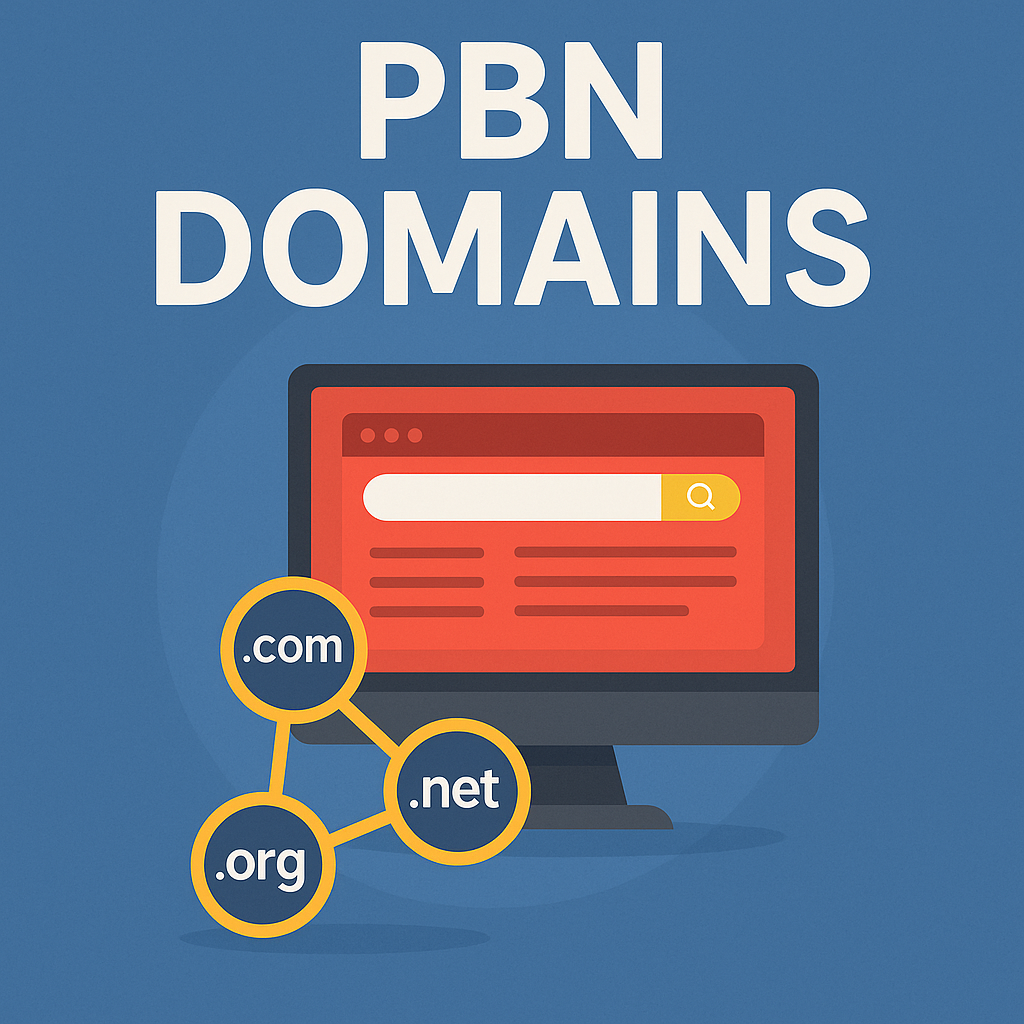

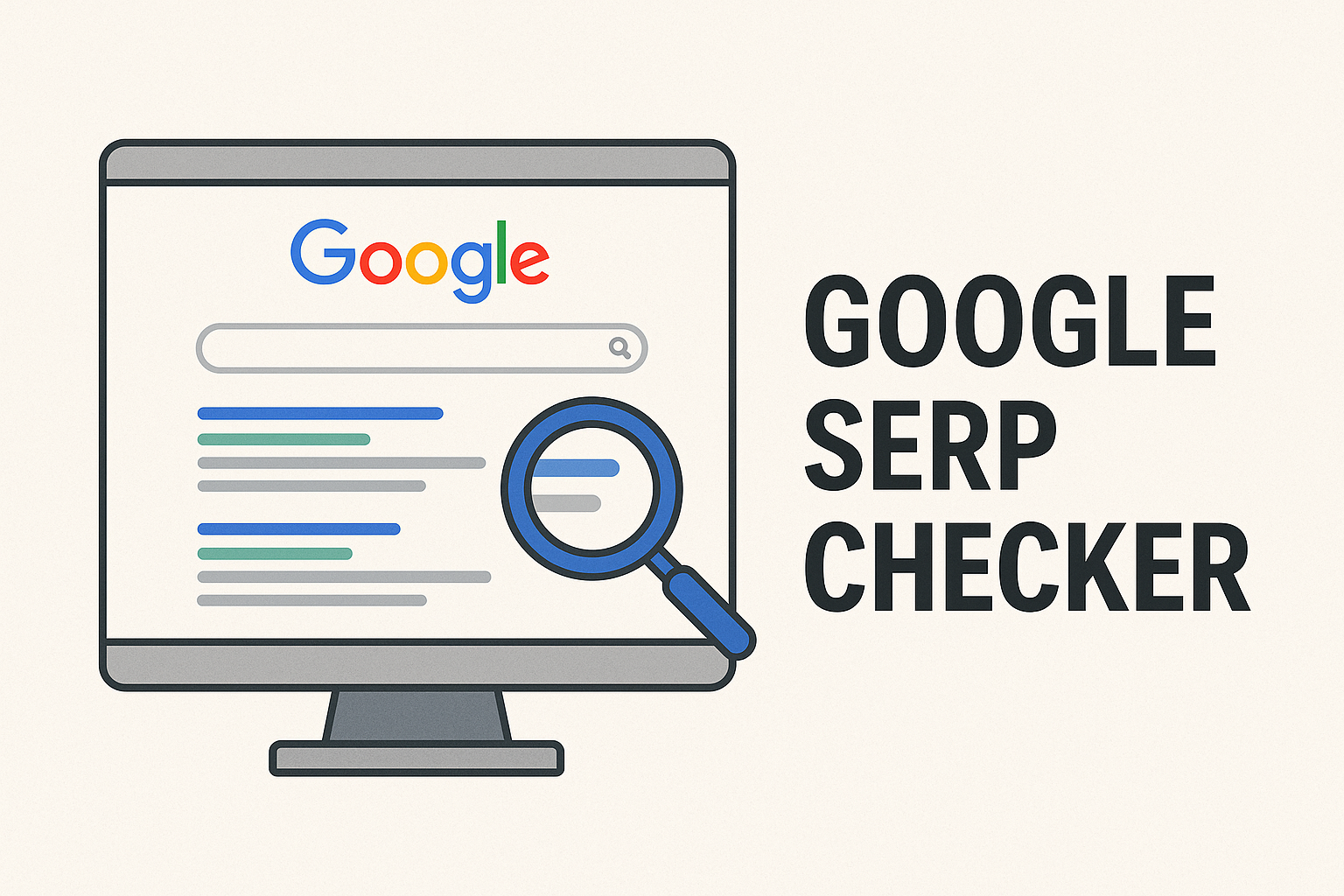
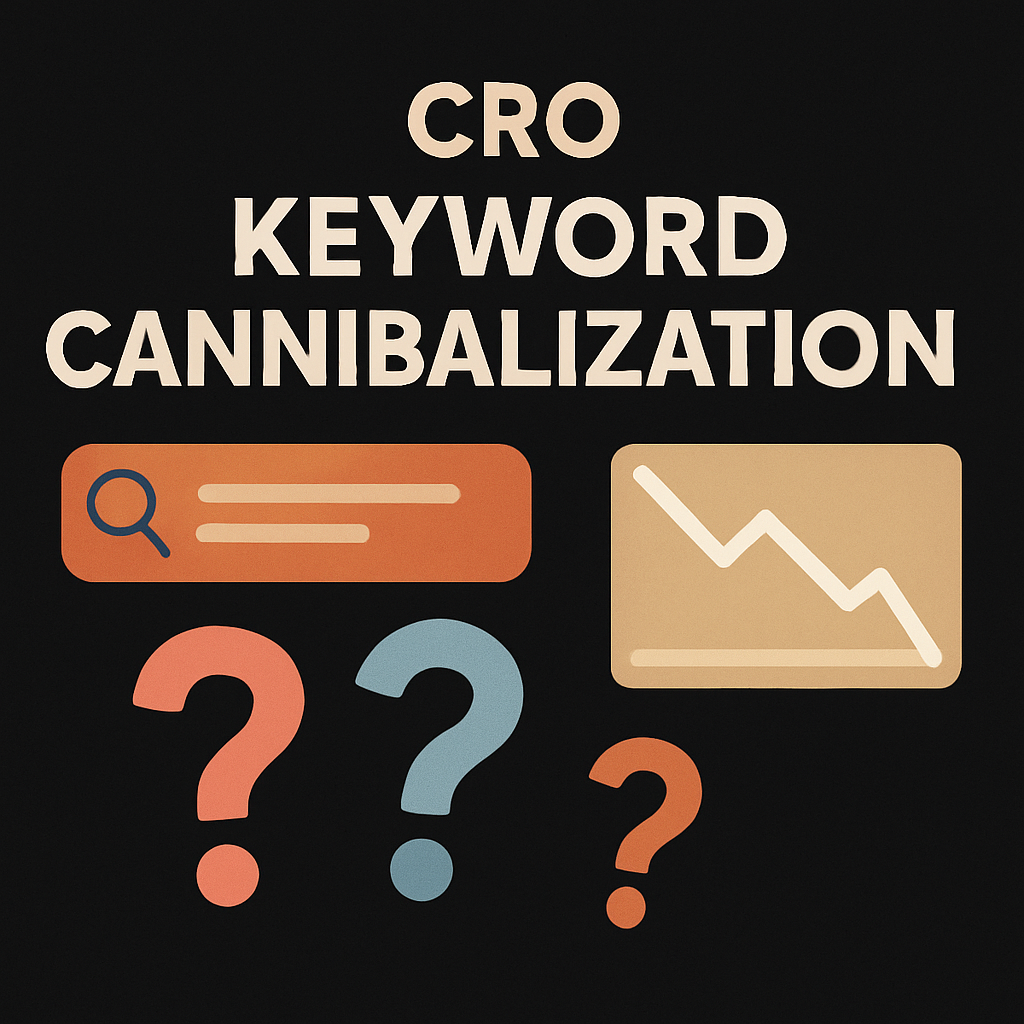


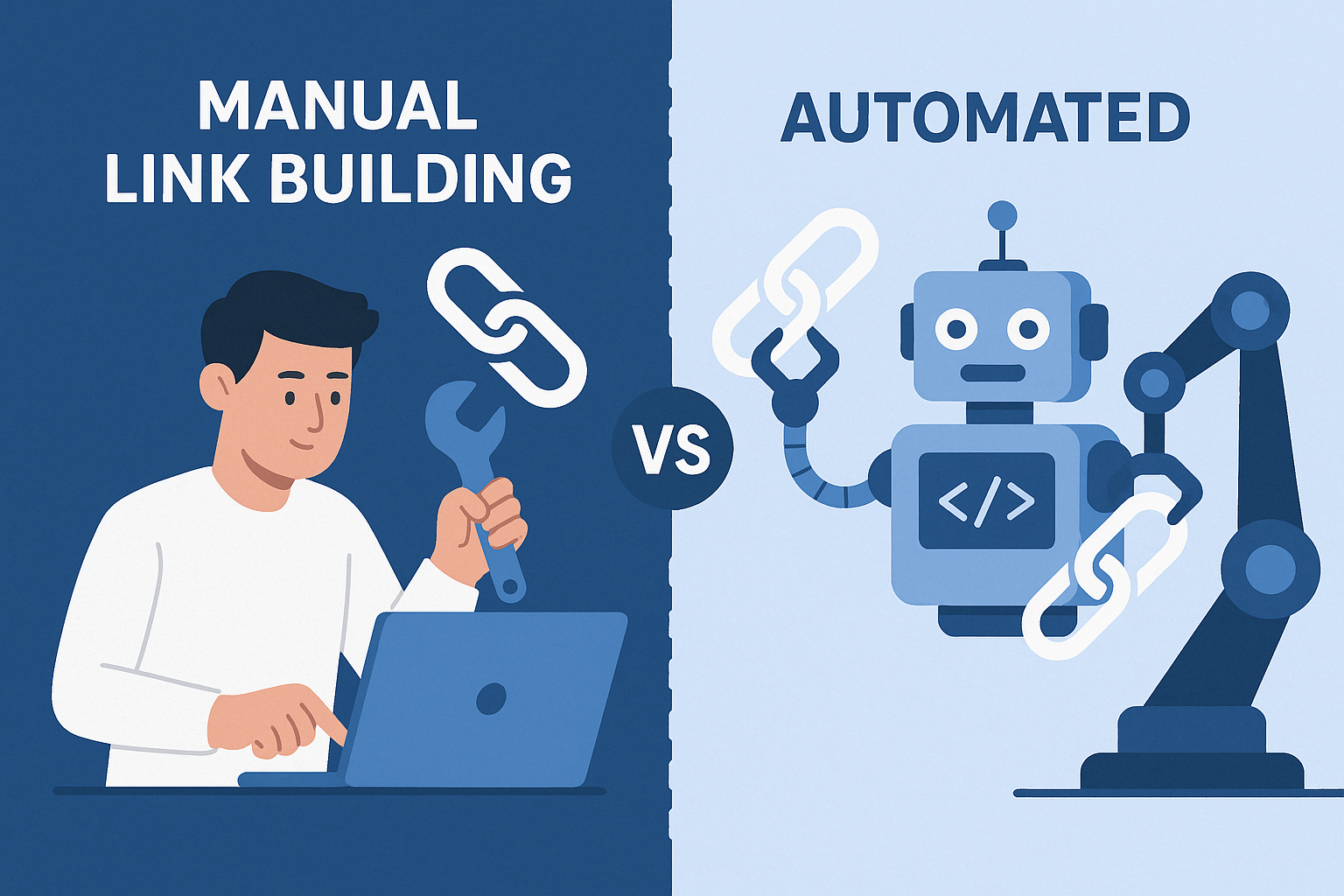



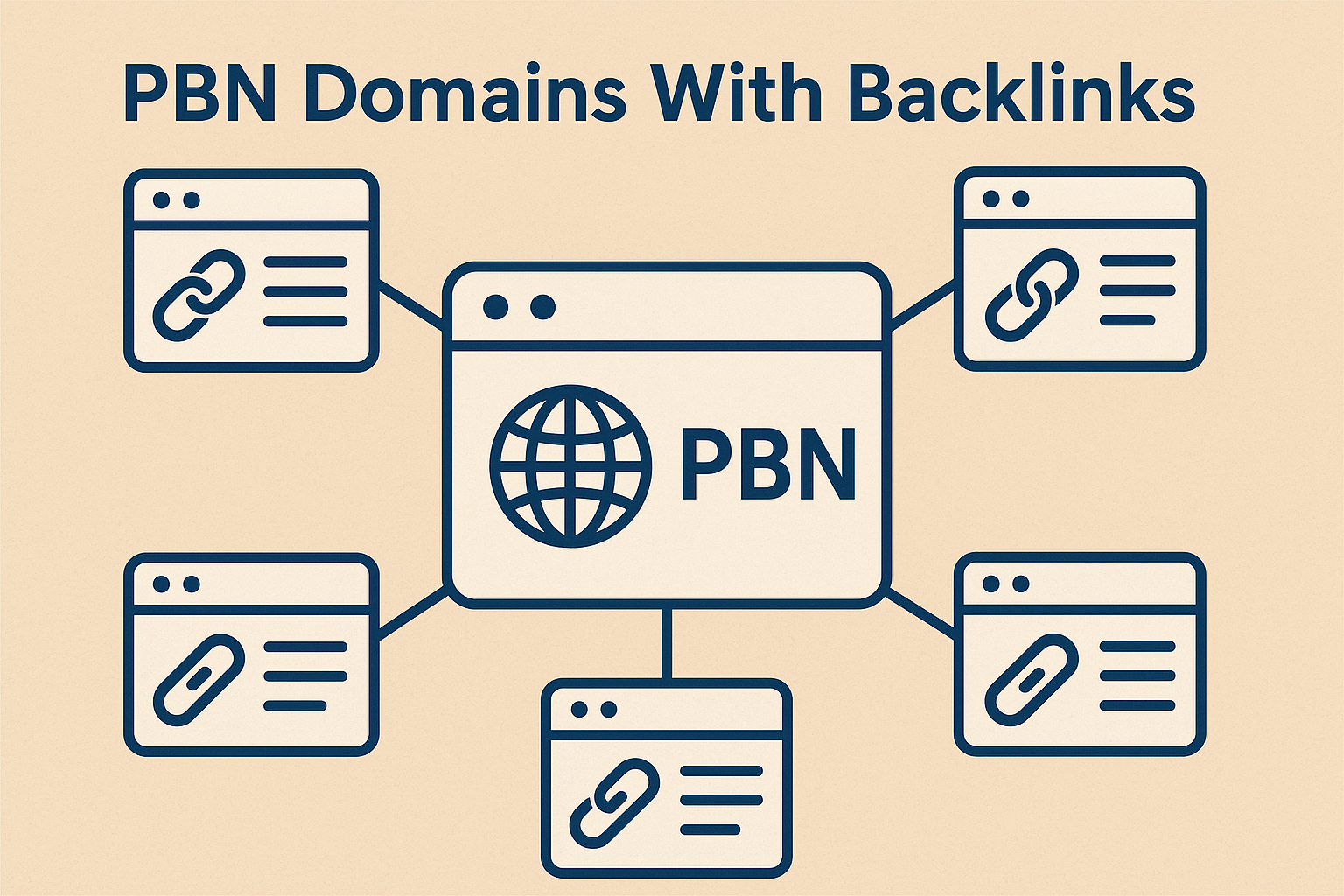
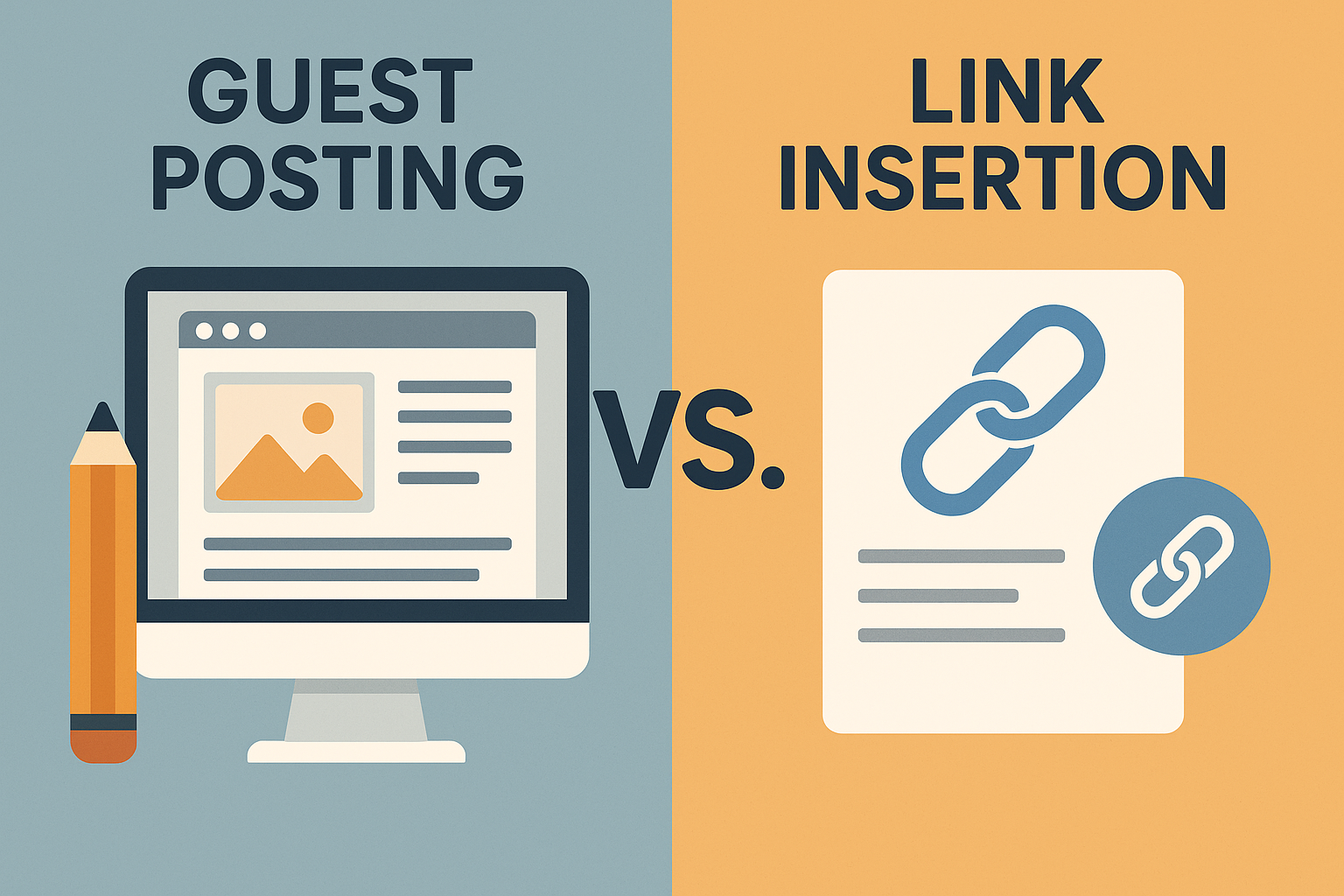

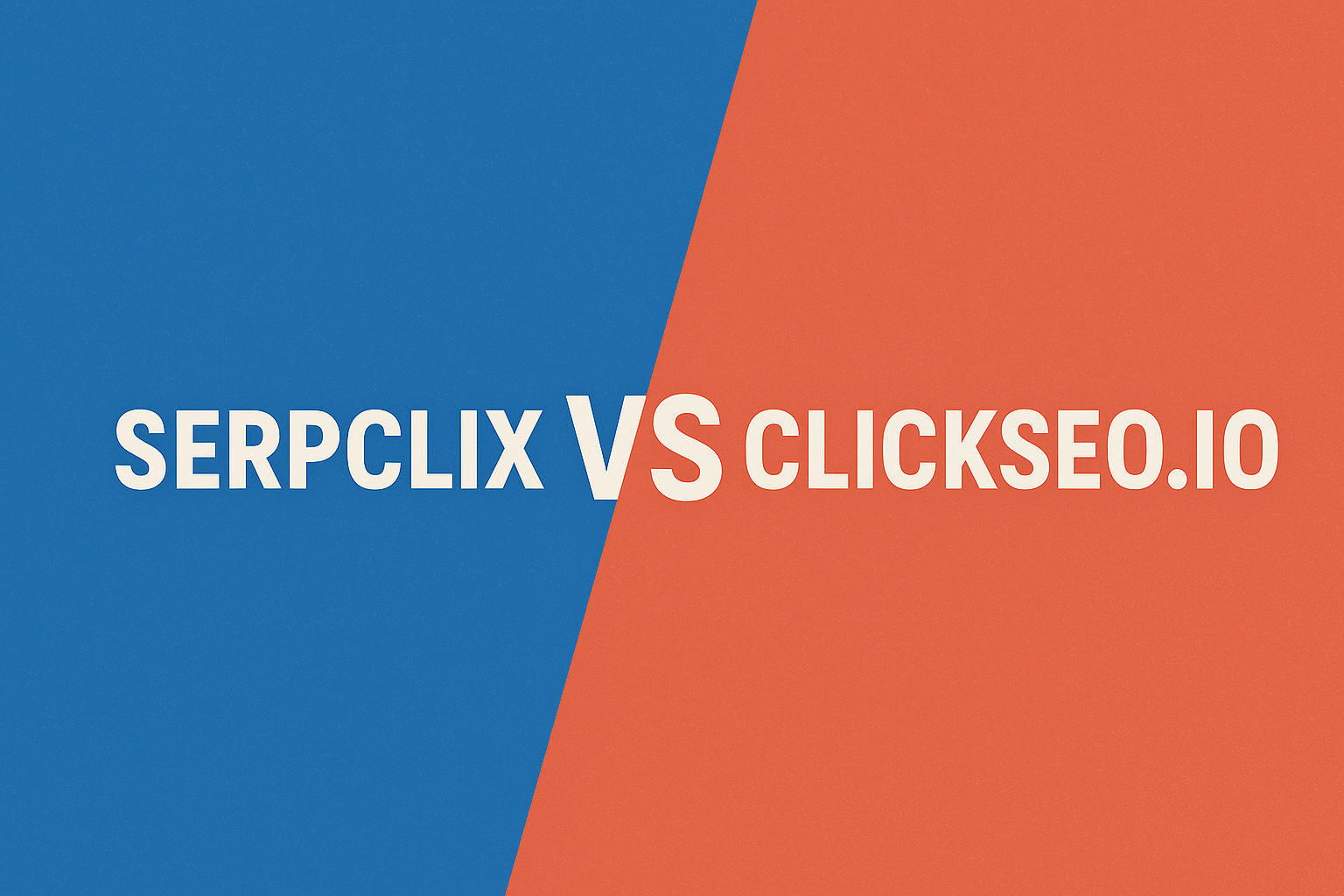

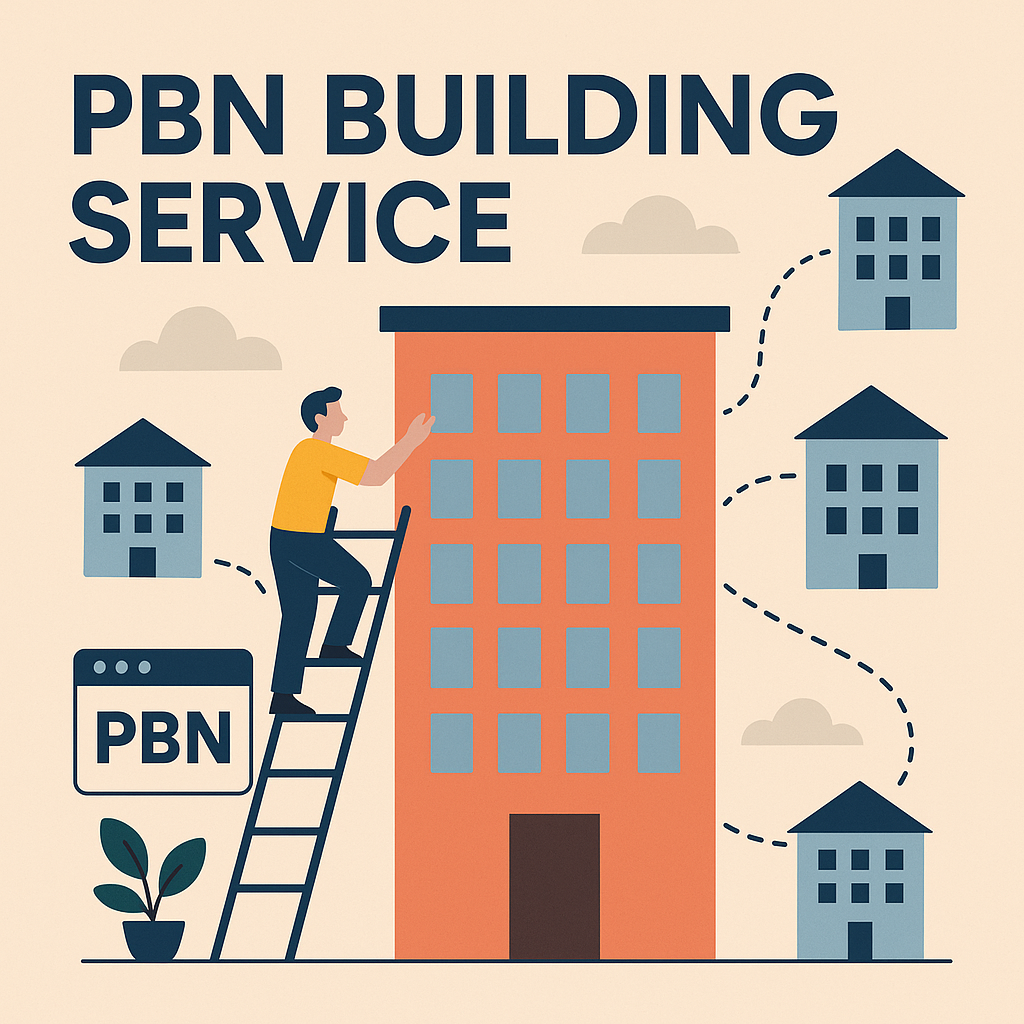






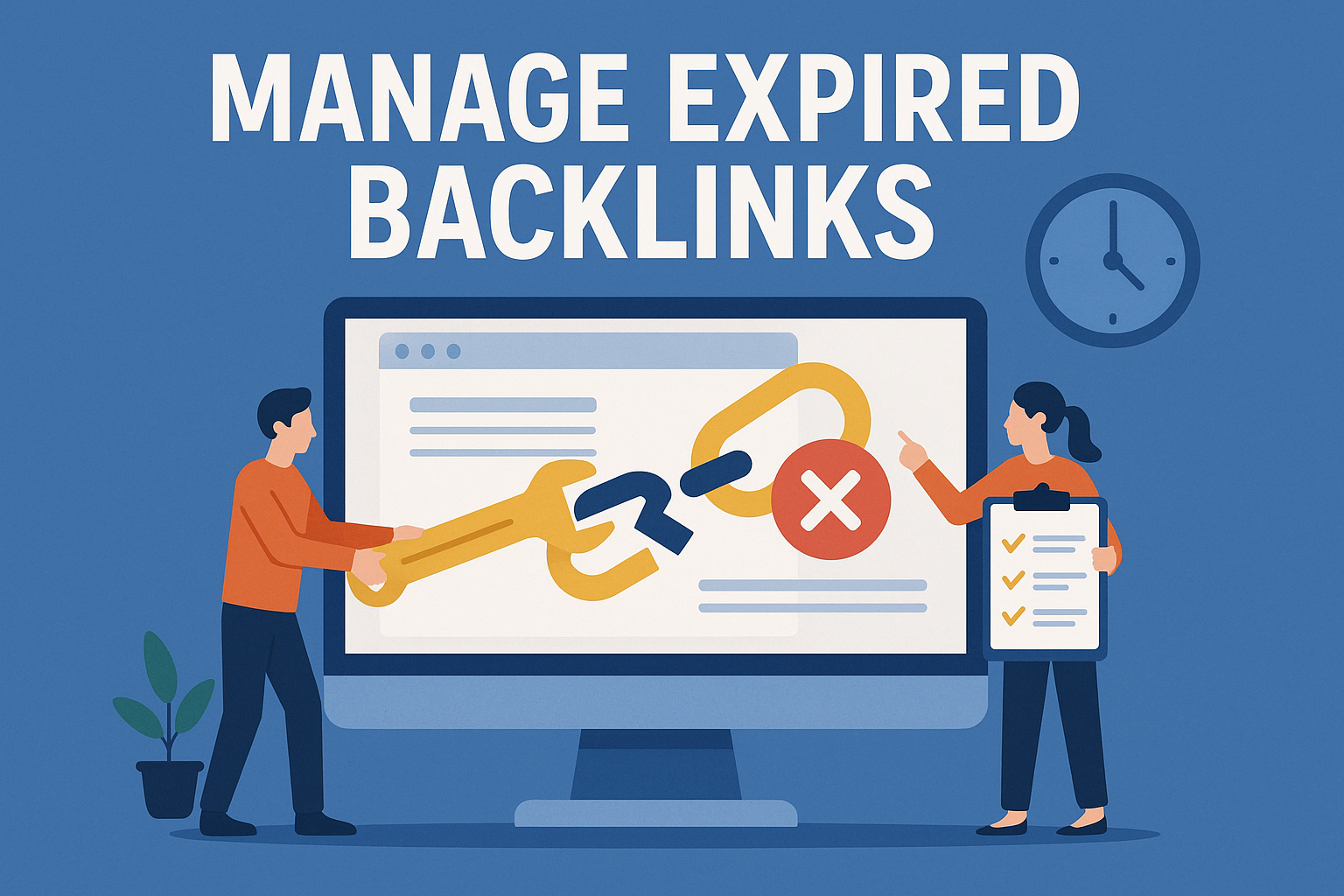


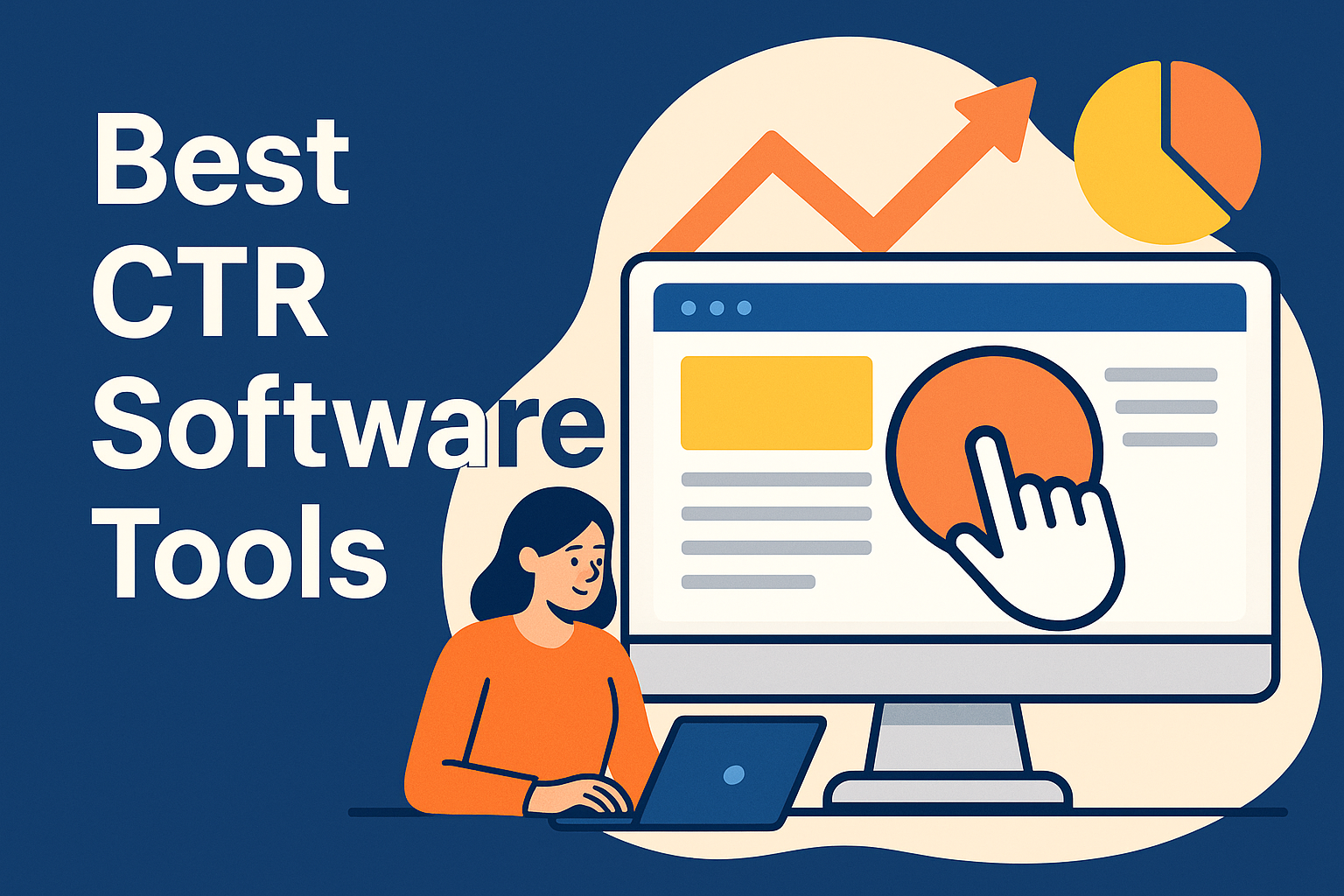

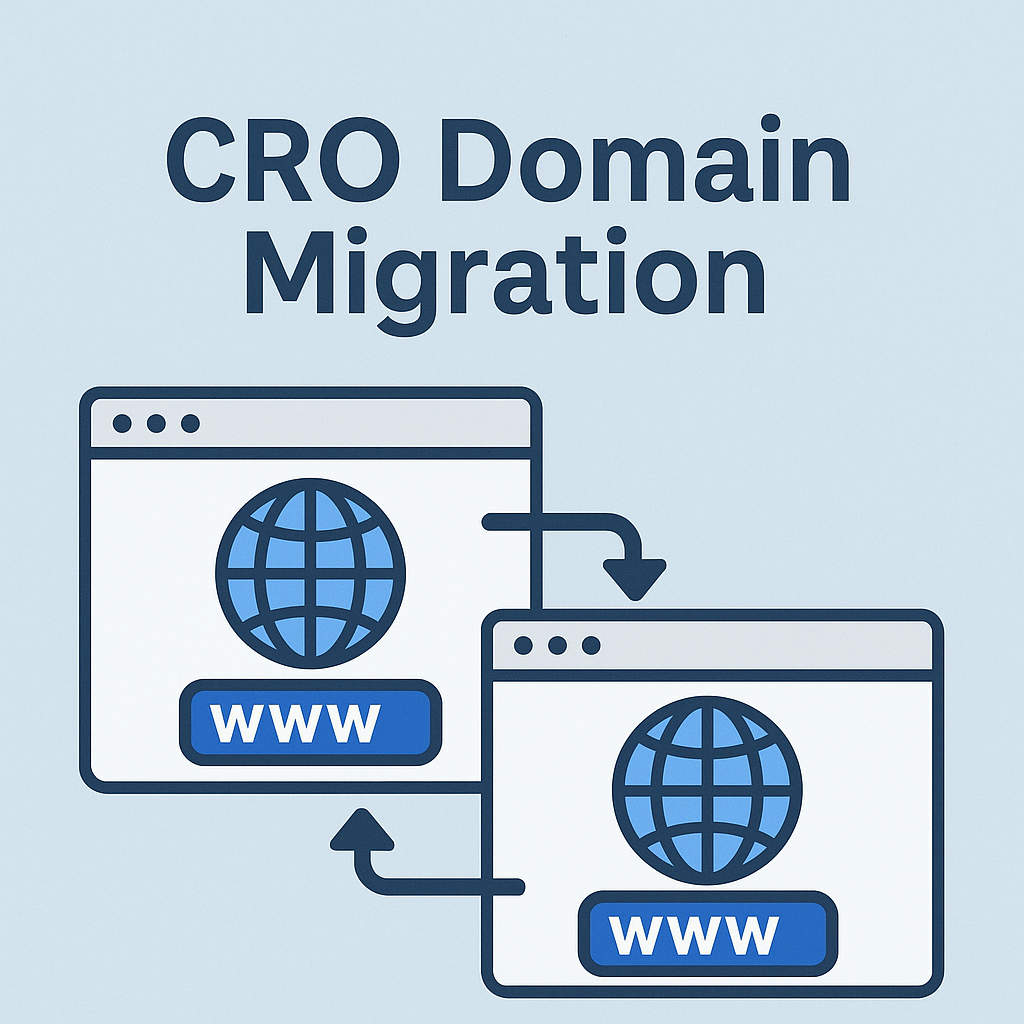


![Best Link Exchange Sites [Free & Safe] – Top 5 Picks](https://backlinkmanagement.io/wp-content/uploads/2025/04/Free-Link-Exchange.png)


